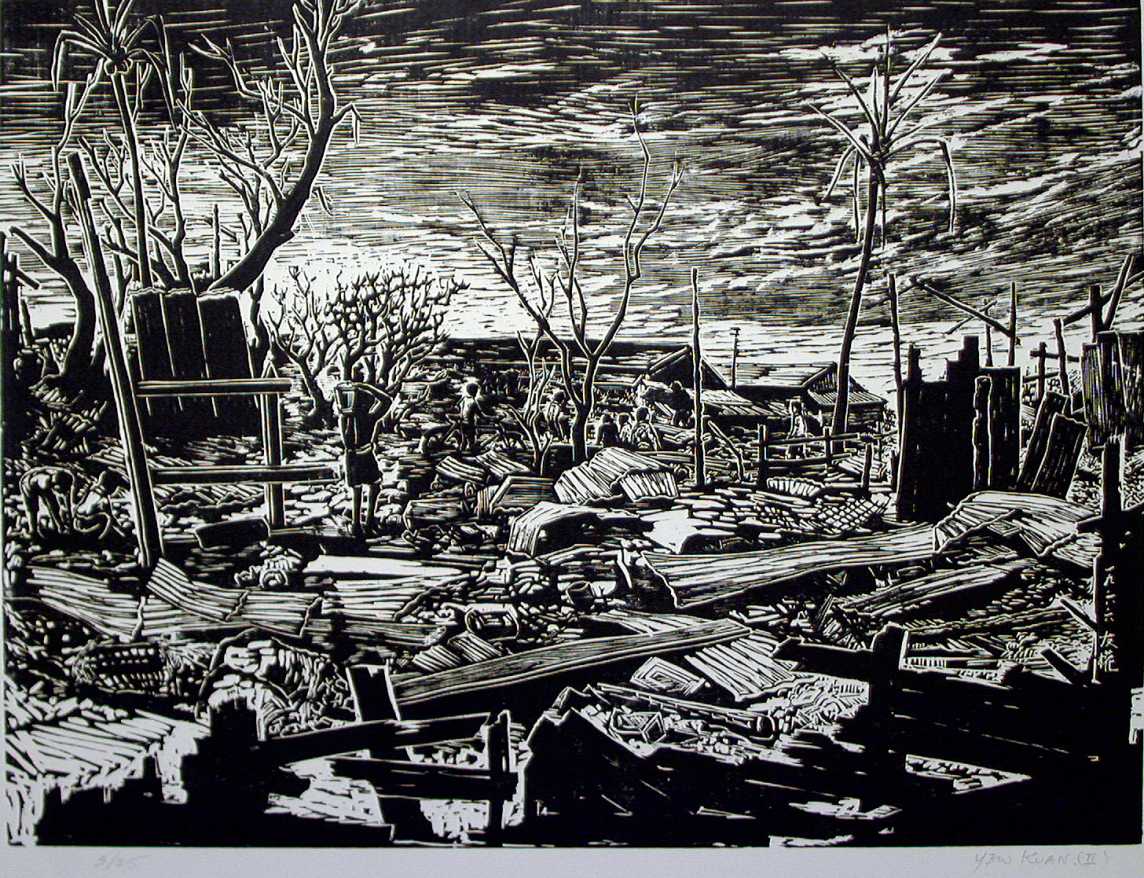Screen Green,
Ho Rui An,
2015,
Performance lecture and green screen installation,
Courtesy the artist |
綠幕,
何銳安,
2015,
展演講座及綠幕裝置,
由藝術家提供
Para Site is pleased to present 5 x 7, 5 invitations with 7 guests, a series of public programmes taking place alongside A Luxury We Cannot Afford. The events feature lectures and discussions, which explore various trajectories within the exhibition such as public spaces, autonomy of artistic practice, and community politics, with artists and curators Ho Rui An, Qinyi Lim, Godwin Koay, Samson Young, Shirley Surya, Eunice Seng of SKEW Collaborative, Ming Wong, and Wong Hoy-Cheong.
Qinyi Lim in conversation with Shirley Surya and Eunice Seng, SKEW Collaborative
This discussion will delve into the public spaces, public housing projects, and modes of utopias featured and referenced in the exhibition. These include looking at the Singapore Conference Hall and Trade Union Hall (1961-65) and other works by Malayan Architects Co-Partnership/Architects Team 3 (MACP/AT3) and one of its founding architects, Lim Chong Keat, and comparing Singapore to Disneyland through projects like Celebration, Florida and the district of Toa Payoh in Singapore.
About the panelists
Shirley Surya is Associate Curator (Design & Architecture) at M+, Hong Kong. She has contributed writings on graphic design and architecture to Design and Culture, Singapore Architect, and The Design Society Journal and co-curated exhibitions including Yung Ho Chang & FCJZ: Material-ism, Building M+: The Museum and Architecture Collection and NEONSIGNS.HK.
Eunice Seng is Associate Professor and Chair of the Departmental Postgraduate Program at the University of Hong Kong, and founding principal of SKEW Collaborative, Shanghai/Hong Kong. Her research interests include the histories and theories of modernity, housing, domesticity and the metropolis, politics of power and post-colonialism, utopias, as well as artefacts and their cultural representations.
About A Luxury We Cannot Afford
An exhibition that uses art, popular culture, and architecture of the 1950s/60s and 2000s (two moments in which Singapore, currently celebrating its 50th year of independence, was at the brink of economic utopia) to reflect on the formation, development, and paradoxes of the country’s national ideology.




